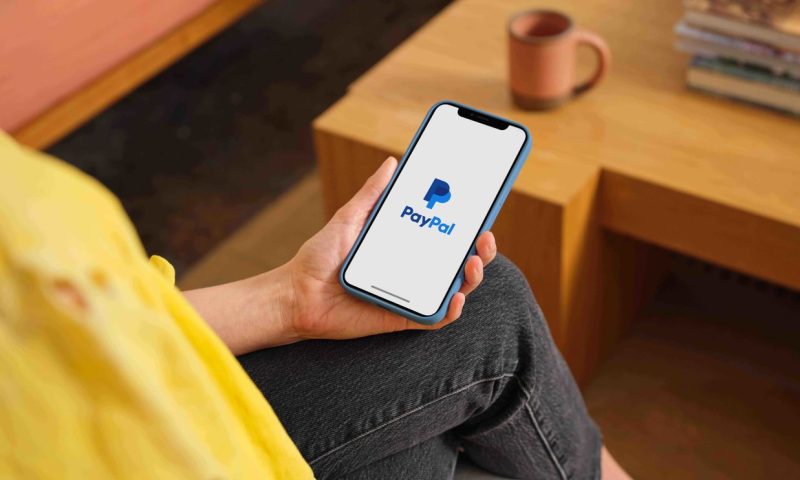Company ups full-year revenue expectations but says this partly reflects better growth visibility for a less profitable part of the business
PayPal Holdings Inc. beat estimates with its quarterly results Monday, but its shares were headed lower in after-hours action as Wall Street unpacked how much of PayPal’s growth is coming from a lower-margin part of the business.
While PayPal (PYPL) executives boosted their profit forecast for the full year and spoke of more upbeat revenue expectations, they also now project at least 100 basis points of operating-margin expansion this year. The company’s prior outlook was for about 125 basis points.
PayPal is best known for its checkout button on websites, but the company also has an “unbranded” business, called Braintree, in which it processes payments for partners in a more behind-the-scenes way, similar to Stripe and Adyen NV . Management said that its more upbeat view of revenue for the year comes in part from greater visibility into the lower-margin Braintree business, which is one reason for the change in margin expectations.
“While the beat on the quarter and guidance on revenue growth were constructive, initial focus from investors is around the continued impact of outsized unbranded processing growth on margin/gross-profit growth,” Wolfe Research analyst Darrin Peller wrote in a note to clients.
Chief Executive Dan Schulman noted that PayPal was “focused on substantially improving the margin structure of our unbranded business,” with plans to add more value-added services to the platform.
Shares of PayPal were down nearly 6% in after-hours trading Monday.
The margin commentary around unbranded checkout overshadowed other elements of PayPal’s report, including a beat on the latest metrics and an increase to the profit outlook for the full year.
PayPal generated first-quarter net income of $795 million, or 70 cents a share, compared with $509 million, or 43 cents a share, in the year-earlier period. On an adjusted basis, PayPal earned $1.17 a share, whereas analysts were modeling $1.10 a share.
Revenue rose to $7.04 billion from $6.48 billion, whereas the FactSet consensus was for $6.98 billion.
Schulman noted that changes PayPal has been making to its platform are paying off, while overall spending trends have positively surprised.
“When you have scale like ours, little things over time make a big difference,” Schulman told MarketWatch. “Clearly the things we’re doing are making a difference.”
He noted that general e-commerce growth also seems to be faring better than he expected, in another tailwind for PayPal.
There’s been “more discretionary spend come into play,” with “people beginning to turn focus a bit more toward goods,” Schulman said. A big trend coming out of the pandemic was that people were spending more of their budget on experiences as the economy reopened.
Schulman now thinks PayPal (PYPL) could see high-single-digit revenue growth for the year, whereas it previously offered a “planning assumption” for mid-single-digit growth, on a currency-neutral basis.
On the earnings call, Schulman added that “the reason we are taking up our expectations for what we think our revenue growth will be” is that PayPal is “seeing distinct improvements take place in the market.”
During the first quarter, the company logged $354.5 billion in total payment volume, or the value of transactions flowing through its system. Analysts had been expecting $344.9 billion in TPV.
For the second quarter, PayPal expects revenue to increase 6.5% to 7%. The FactSet consensus of $7.259 billion implies 6.6% growth. The company also expects adjusted earnings per share of $1.15 to $1.17, while the FactSet consensus was for $1.17 a share.
PayPal also raised its full-year adjusted-earnings forecast to about $4.95 a share, up from a prior forecast of $4.87 a share. The FactSet consensus was for $4.89 a share.

